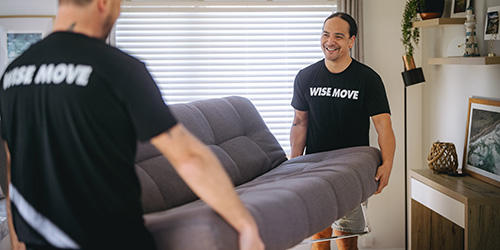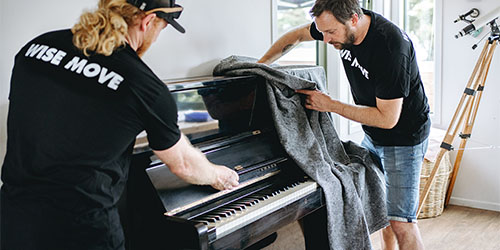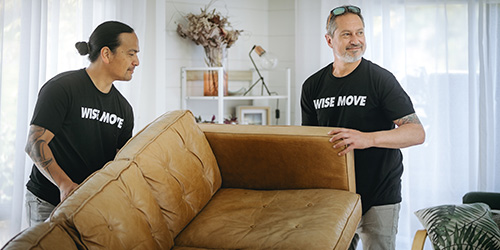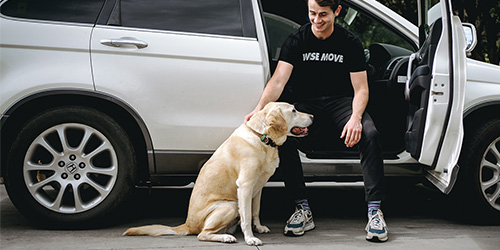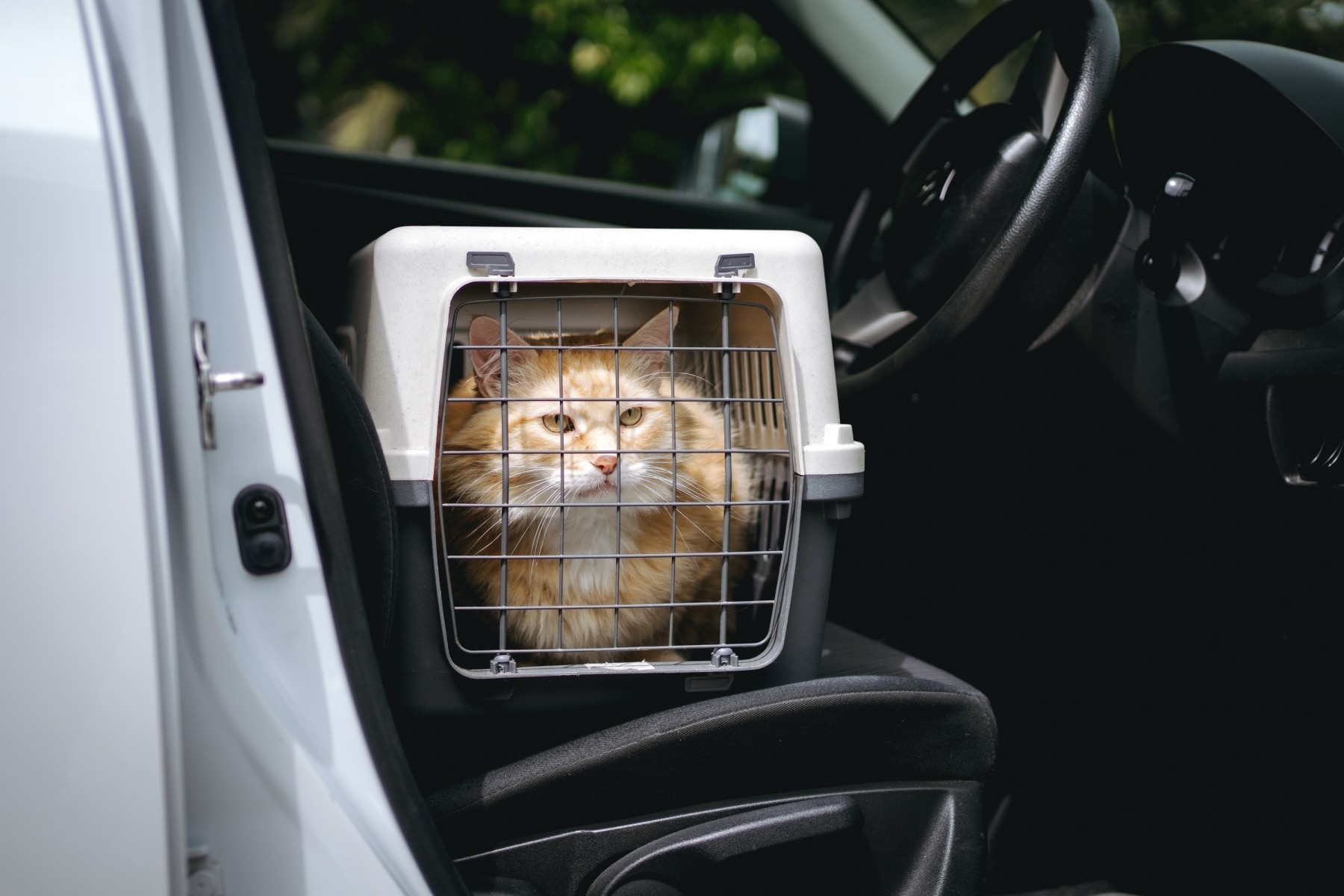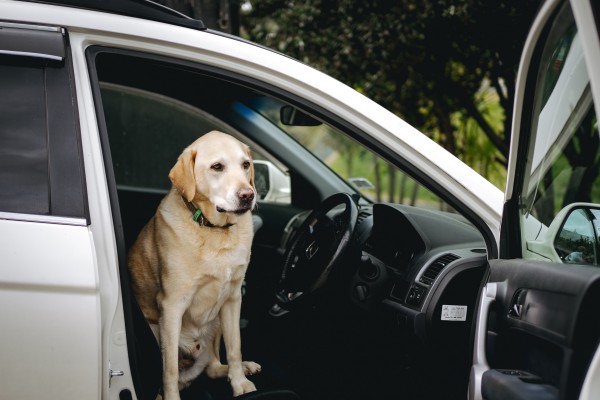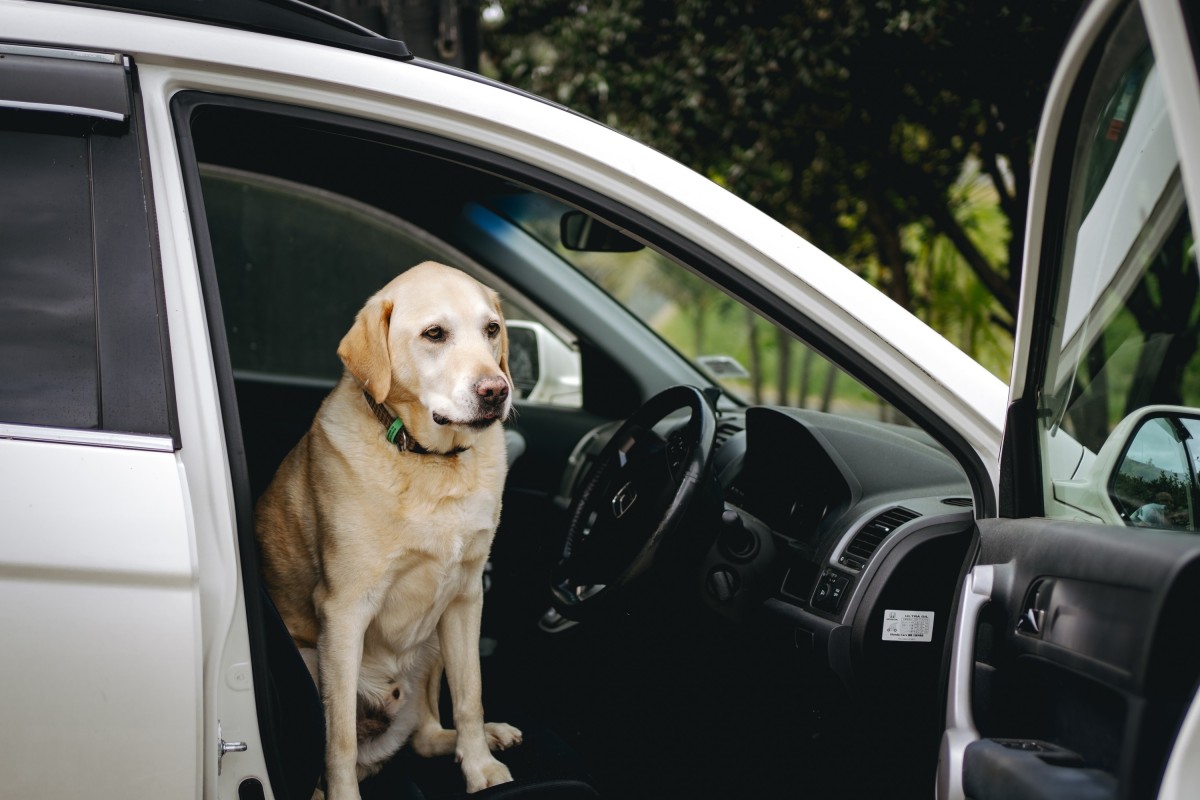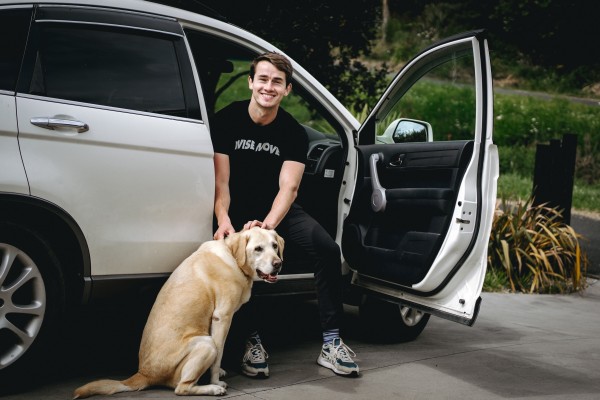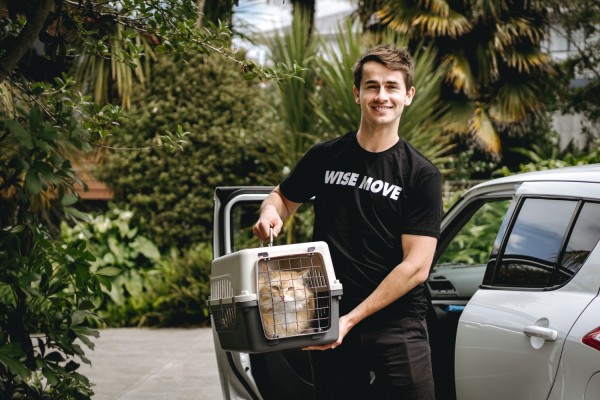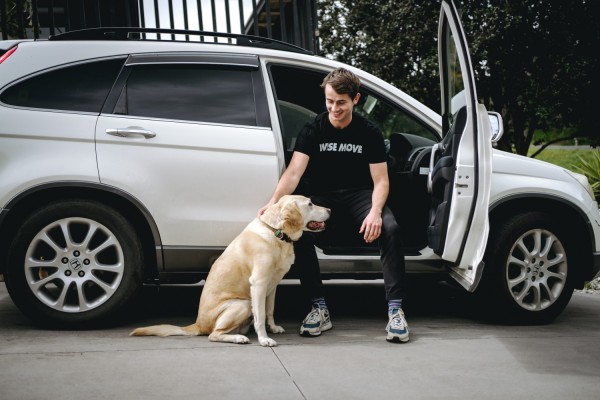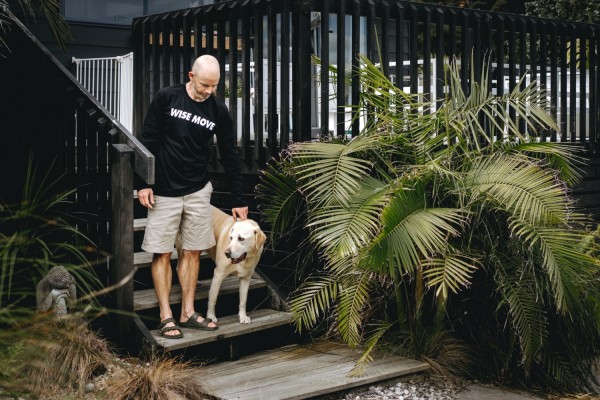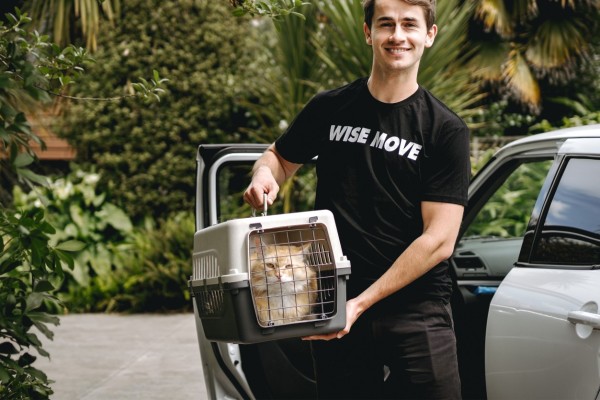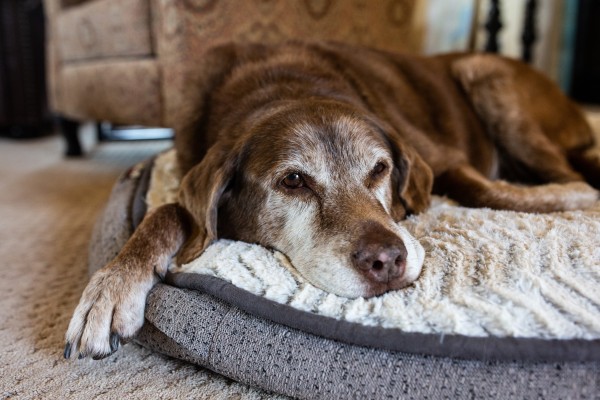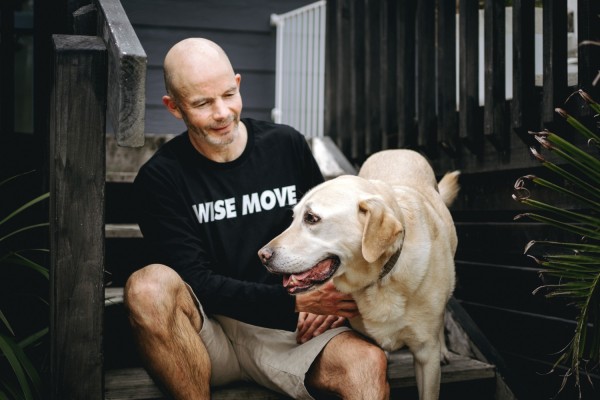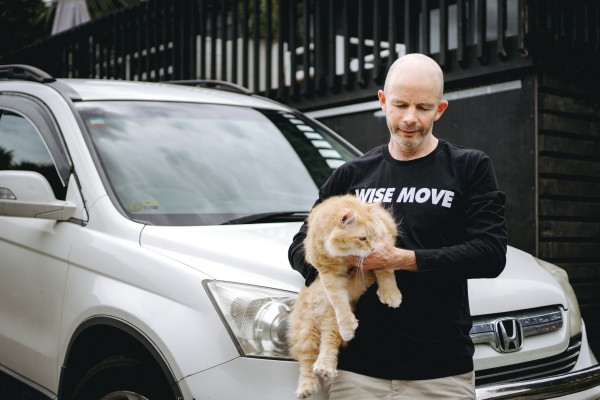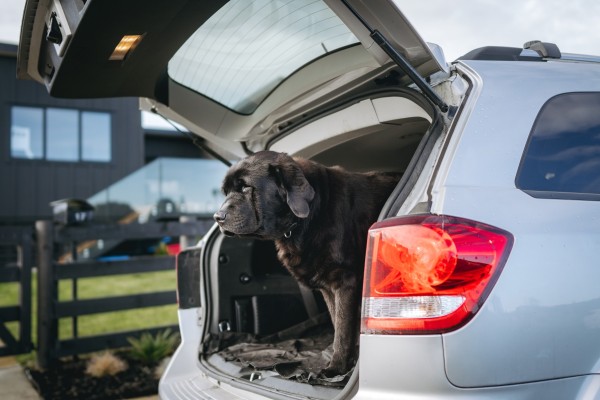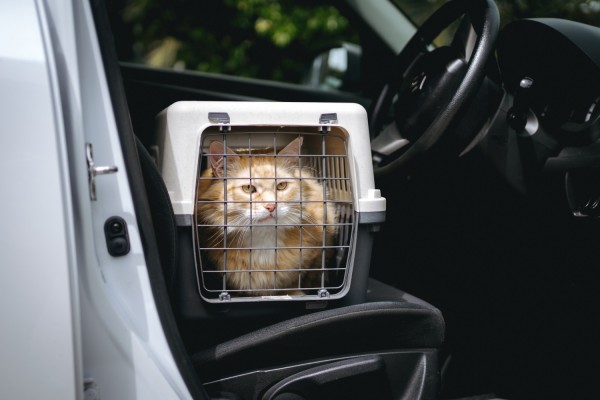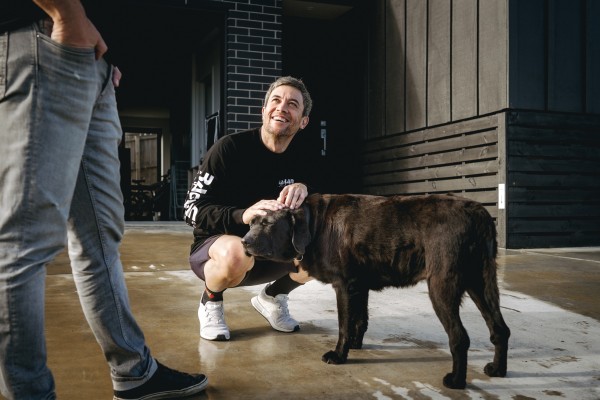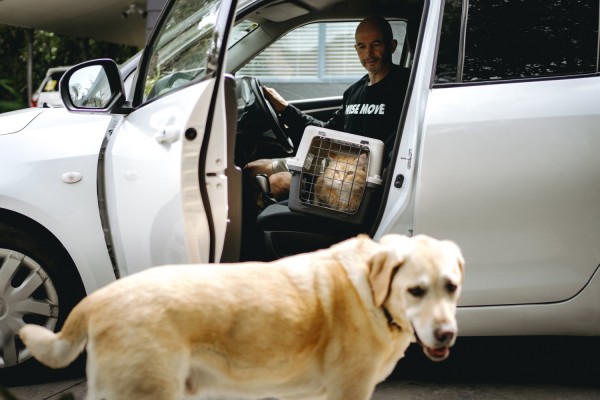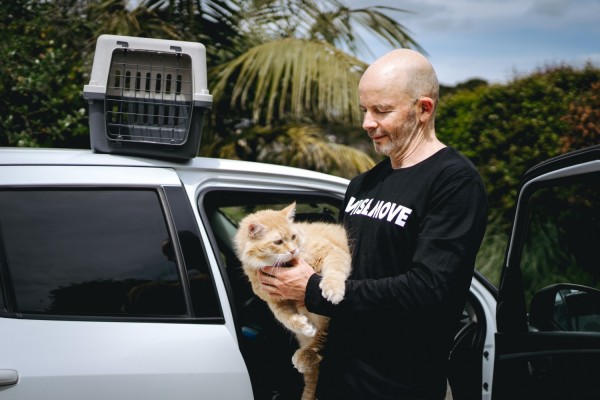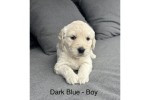Flying with pets in New Zealand | What you need to know
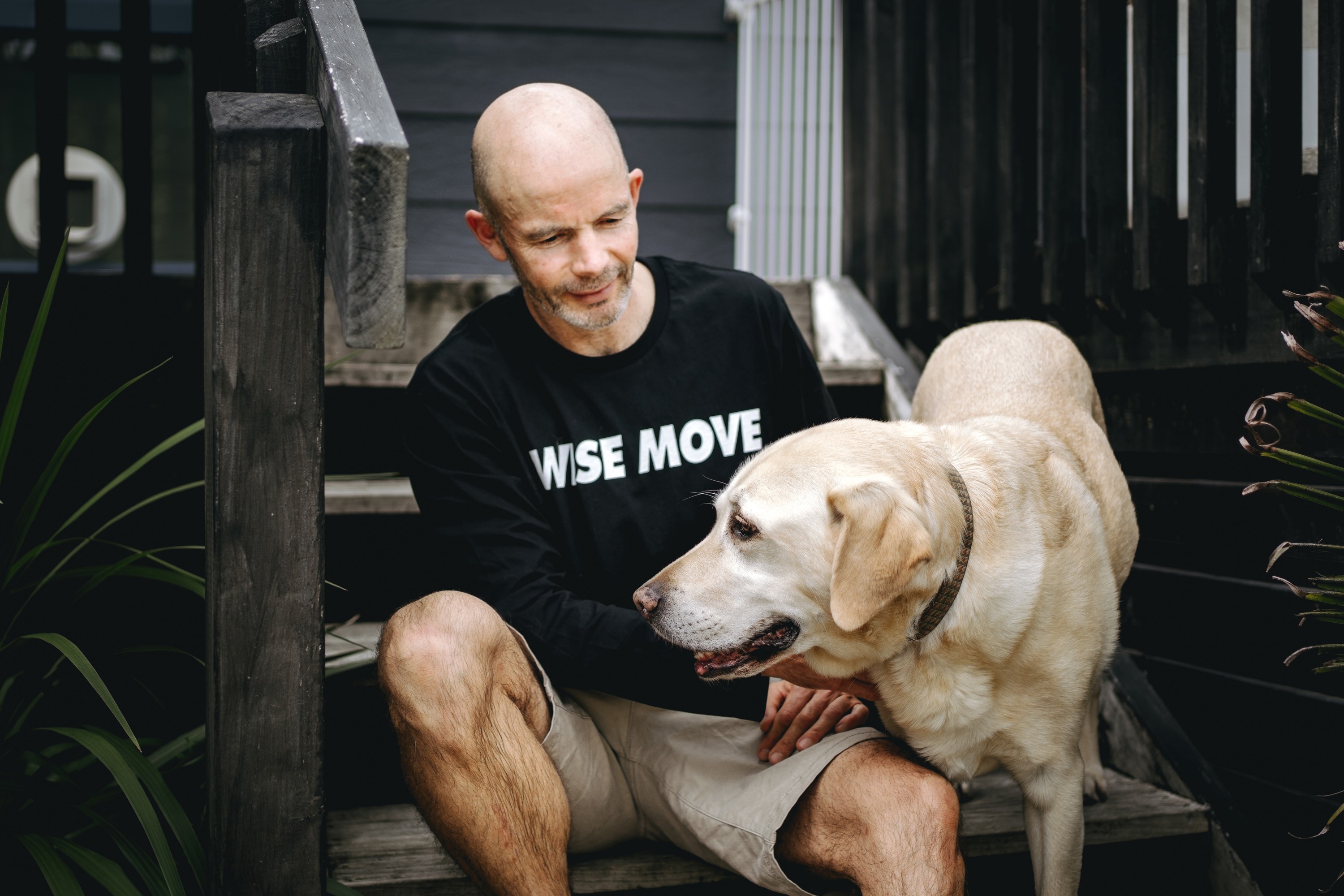
Your pets are an important part of your family. And just like family, they need to be able to travel with you safely and securely. For most people, the easiest way to travel with a pet is via car. But what if you are moving to the other end of the country?
Whether you’re going on holiday, or moving cities for good, our guide to flying with your pet in New Zealand will simplify the process and ensure you know what to do when the time to fly arrives.
Which pets are allowed to fly in New Zealand?
When most people think of a domestic pet, they think of cats and dogs. But what if you want to transport your guinea pig or bird to your new home?
In New Zealand, cats, dogs, and small caged birds can travel as checked-in baggage on domestic flights. They must be kept in a pet carrier that is suitable for air travel to be able to fly. These carriers must meet International Air Transport Association (IATA) standards. Choose a carrier where your pet can comfortably and safely:
-
Stand up
-
Sit up
-
Turn around
-
Lay down
Which airlines fly pets in New Zealand?
The only airlines that allow pets to fly domestically are Air New Zealand, Sounds Air and Origin Air. You can not fly with pets on Jet Star. You can arrange to bring your pet on your flight or use a third-party service, like Jet Pets, to transport your pet for you.
How do I add my pet to my flight?
It differs from airline to airline. Some airlines consider a pet as part of your baggage allowance and won’t charge you a fee while others will charge you a pet freight fee:
-
Air New Zealand requires you to add a pet to your booking. A pet carriage fee is of $120 is payable at the airport. You’ll also need to make sure you have paid enough for ‘baggage’ as your pet carrier counts towards your baggage allowance.
-
Origin Air charge $200 one way for the transportation of pets. You’ll also need to fill out a Animal Carriage form.
-
Sounds Air requires that all pets be pre-booked for the flight. You can email info@soundsair.com or call 0800 505 005 to add them to your booking.
How do I know my carrier is the right size for my pet?
Air New Zealand has guidelines on choosing the right carrier for your pet. Many pet stores in New Zealand sell carriers that are ‘Air New Zealand-approved.’ These guidelines are also suitable for Origin Air and Sounds Air flights.
You can ensure that the carrier is the right size for your pet by following these guidelines:
-
When standing next to the carrier, no part of your pet should be taller or longer than the carrier.
-
When standing inside the carrier, your pet should not have to duck to see out the carrier door.
-
Your pet should be able to turn around comfortably.
-
It should be long enough for your pet to lie down with their paws extended.
-
The carrier must be fitted with a water container that is fillable from the outside.
-
When flying your carrier must be lined with absorbent material, ie shredded paper, newspaper or an animal pee pad.
-
Cat and dog carrier must be constructed to meet airline standards.
Can I fly with my pet in the cabin?
You can fly with a certified service dog in the cabin of most domestic and international planes as long as you are their handler. It is free to fly with a service dog. As Air New Zealand is the most popular way to fly in New Zealand, we have included their service dog policy below. Please see Jet Star’s website for their service dog policy.
You’ll need to prepare for your flight by:
-
Giving Air New Zealand a minimum of 48 hours’ notice (if you haven’t completed a ‘special request’ at the time of booking your flight)
-
Check-in one hour prior to standard check-in time
-
Placing an identification tag on your dog with your name, address and telephone number
-
Bringing proof that your dog is a certified service dog
-
Keeping your dog restrained (on leash and sitting down) during the flight
-
Preparing your dog for its flight by walking and toileting it before boarding
How do I prepare for flying with my pets?
Start looking for flights early
Flying with pets can be stressful, especially at the last minute. Give yourself enough time to understand the rules and requirements of bringing your pet on a flight. That way, you’ll be able to give yourself, your pet, and the airline enough time to prepare.
Make sure your pet carrier meets IATA guidelines
Don’t just use the pet carrier that you transport your dog or cat to the vet. These carriers often have vents on the lower sides - something that goes against IATA guidelines. They also need to include a secure water holder and a watertight base.
Get any documentation in order
Make sure you have added your pet to the booking, paid any associated fees (that you can’t pay at the airline), have enough baggage allowance, and have the right documentation for your flight.
Look for direct flights
If you are travelling long distances with your pet (especially internationally), you may want to take two direct flights rather than booking a transfer in between. If you are travelling from the UK or USA to New Zealand, consider stopping for a day at your transfer destination to give your pet a break from flying.
Book flights for early in the morning
Booking early can often mean you avoid travelling when it's too hot. An early flight may make your pet feel more comfortable than travelling in the middle of the day in summer.
Prepare your pet for transport
On the day of the flight, make sure your pet has been walked, toileted and is ready to fly. Check out our guide to preparing your pet for transport here.
How to prepare your pet to fly by aircraft
Flying can be a stressful experience for pets. In New Zealand, most airlines require your cat or dog to fly in the cargo hold rather than in the cabin. To make the experience smoother for your pet, you can help them prepare by:
Get your pet microchipped: While microchipping is more for your peace of mind than your pets, it is helpful if anything goes wrong. If you’re moving to a new home, microchipping will ensure that if your dog or cat runs away, they are easy to find.
Consult your vet: Before flying, check with your vet whether your pet has the right vaccinations or health certificates that you might need for flying internationally.
Help your pet get used to the crate: Getting the crate out earlier and allowing your pet to sniff or even lie in it can help them feel more comfortable on the day.
Prepare the crate: Place a familiar-smelling blanket or t-shirt in the crate to help your pet feel more secure. Place your pet's favourite comfort toys in the crate as well.
Keep your pet secure: Pets can often sense changes in stress levels before a big move. If there’s been a lot of disruption with packing or moving furniture, keep your pet secure the night before to help calm their nerves and prevent them from hiding.
Get to the airport early: Many airlines in New Zealand require you to get to the airport an hour before the regular check-in time. Make sure you’ve given yourself enough time to allow for this earlier start.
Give your pet a small meal: Avoid feeding your pet a large meal before the flight. They’re probably nervous and may get an upset tummy during the journey. Instead, feed them something small around four hours before you fly.
Walk them before the flight: Take your pet for a walk before the flight so that they can stretch their legs and get out any pent-up energy. This will help them stay calm on the plane.
Don’t sedate your pet: Many airlines don’t allow you to sedate your pet as that could cause problems in an emergency (especially if you have a medium-sized dog.) Instead, take them for a walk in the morning and another before you have to go to the airport.
Take your pet to the bathroom: Before you check your pet in, take your pet to the bathroom as soon as you land. Many airports (especially international ones) have designated pet areas for this purpose.
Looking for a trusted pet transportation service?
If you’re moving domestically and want to avoid the hassle and stress of taking your pet on a plane, we can help. Wise Move helps deliver kiwi pets safely and reliably from door to door. What’s more, there’s no limit on what type of pet we can deliver. From rabbits to horses to cats and dogs, we can do it all. Book your pet’s move now.
What do our customers say?
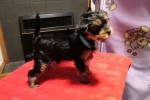
For every (wise)move
